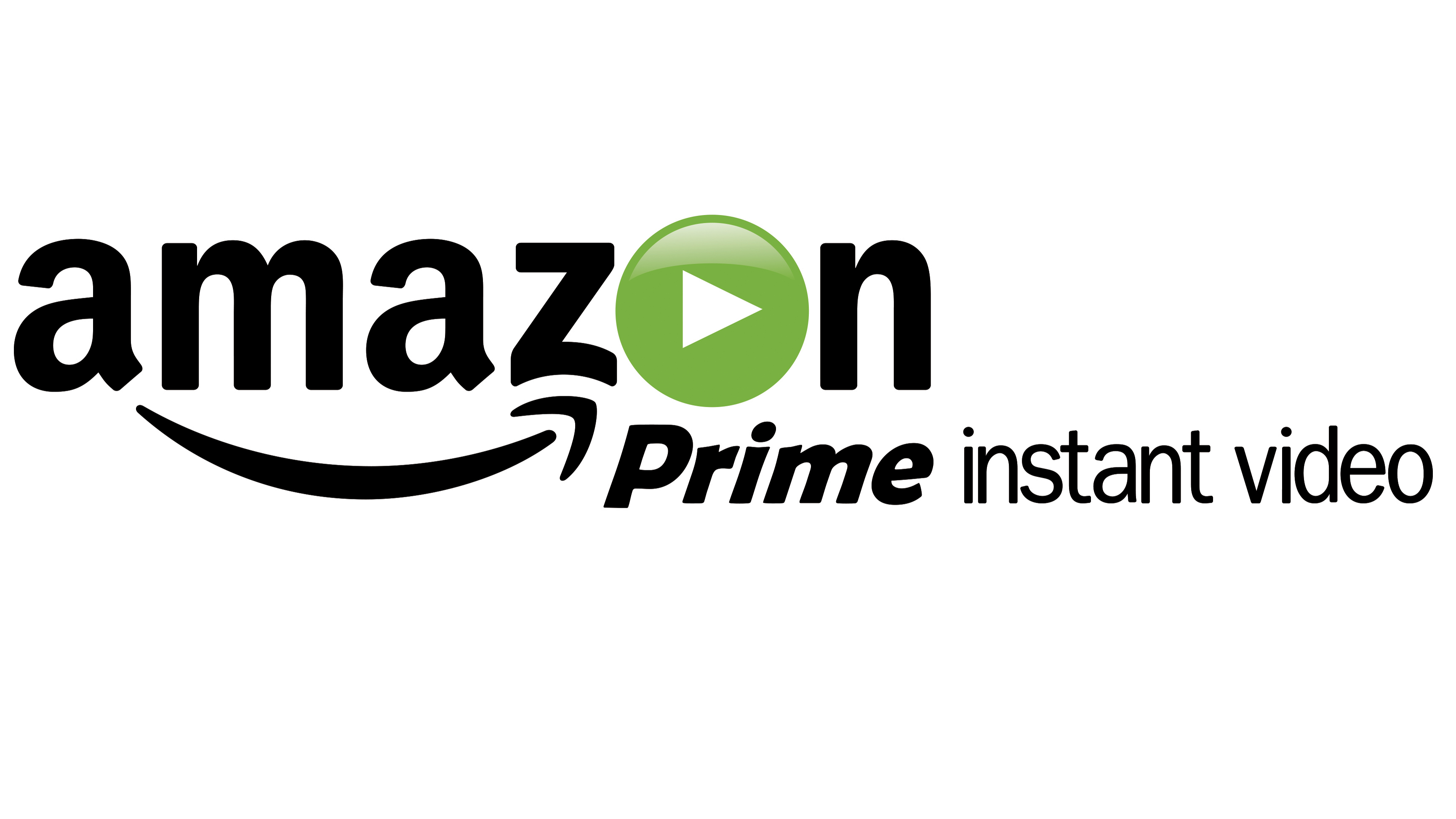Lovefilm Instant going Prime time means Amazon finally has a Netflix rival

Ask anyone who the king of the streamers is and they will tell you it's Netflix. The film and television service has gone through such a meteoric rise in recent years that it is hard to keep up with its comings and goings.
With a seemingly endless marketing spend it has spun what could be seen as cottony constraints – relying on software rather than pushing its own hardware and stuck with an archive of movies and shows that on paper can't compete with iTunes – into gold.
How did it do it? It started its own original programming initiative, cultivated the cult when it snapped up Breaking Bad, made its app available (mostly) everywhere and looked to the future with the promise of 4K and name-checking HBO as not just a rival but one it will overtake in a few short years. The most important part of this formula to success, though, is that it followed this through in both America and Europe, making sure 40 plus countries had access to the digital version of Netflix.
And this is why Amazon has lagged behind. Amazon is one of the most powerful companies in the world that has managed to revolutionise both the book and shopping world but has simply fallen short when it comes to streaming.
Fractured focus
On paper it shouldn't be this way. It has its own hardware and the potential to sell and rent premium movies and TV shows that compete with the might of Apple – things that should lift it above Netflix but this isn't the case.
Moving from physical content delivery to digital delivery has scuppered the company and it's all because of its fractured focus.
It's been two years since Amazon offered Instant Video to the US and the US only. The service, though perfectly good, just hasn't had the exposure that Netflix managed due to its speedy digital expansion.
Sign up for breaking news, reviews, opinion, top tech deals, and more.
It's not as if the innovation hasn't been there. Everything Netflix has done, Amazon has. Original programming? Amazon Studio was set up to feed its instant video service with new programmes. Its testing of pilots is also a great idea and one that shows that where Netflix is spending the money, Amazon is taking a more considered approach.
4K? Again it's pushing Ultra HD as much as Netflix, with all of its original programmes to be shot in 4K in 2014. But these announcements came time and time again after Netflix has already revealed its plans and taken the spotlight. You simply can't catch up if you are always one step behind.
With Prime Instant Video finally coming to the UK, this should change. This needs to change. It is a statement of intent for digital dominance, albeit a delayed on. Dissolving the Lovefilm Instant brand into Amazon Prime is a huge step in the right direction, though.
Although Amazon has owned Lovefilm since 2011, keeping the brand as a separate entity - especially from a digital point of view - has meant that it hasn't been able to show off the true global nature of its streaming service.
Having Lovefilm and Instant Video try and compete against Netflix almost independently was never going to achieve results – it was a perfect case of united you stand, divided you fall.
But now Amazon has got its home in order in the UK, it can act like the true rival to Netflix it should be. This is nothing but good news for the consumer – heavyweight competition drives innovation so expect to see more sniping from both companies to get people to switch from one service to the other.
Amazon in the UK has certainly got some catching up to do, but offering everything that Prime does, with its streaming service in a package that is just a tad more than Netflix sole service, is a great start.
Digital disruptor
Netflix may look unstoppable at the moment but in the entertainment world things can change rather quickly. In the same year Lovefilm was bought up by Amazon, Netflix was facing an identity crisis. CEO Reed Hastings was hoping to split the company in two, with Qwikster being the name of the disc rental side and the digital side retaining the Netflix moniker.
It was obvious where Hastings saw the future of Netflix and while investors forced him to rethink the split he had already shown his cards – that digital would dominate in years to come and that's why the brand should back it.
The split failed but actually kick-started the Netflix ascent to where it is today. Amazon could well have taken advantage, though, and it will be kicking itself that it didn't.
Who knows what would have happened if Amazon had made clear its digital plan at this time? Perhaps it would be the one competing against HBO and scaring Hollywood by being the digital disruptor.
But right now it's not. It's playing catchup in a world where Netflix is synonymous with video streaming as much as Google is with search. Let's just hope that Prime time hasn't arrived too late.

Marc Chacksfield is the Editor In Chief, Shortlist.com at DC Thomson. He started out life as a movie writer for numerous (now defunct) magazines and soon found himself online - editing a gaggle of gadget sites, including TechRadar, Digital Camera World and Tom's Guide UK. At Shortlist you'll find him mostly writing about movies and tech, so no change there then.